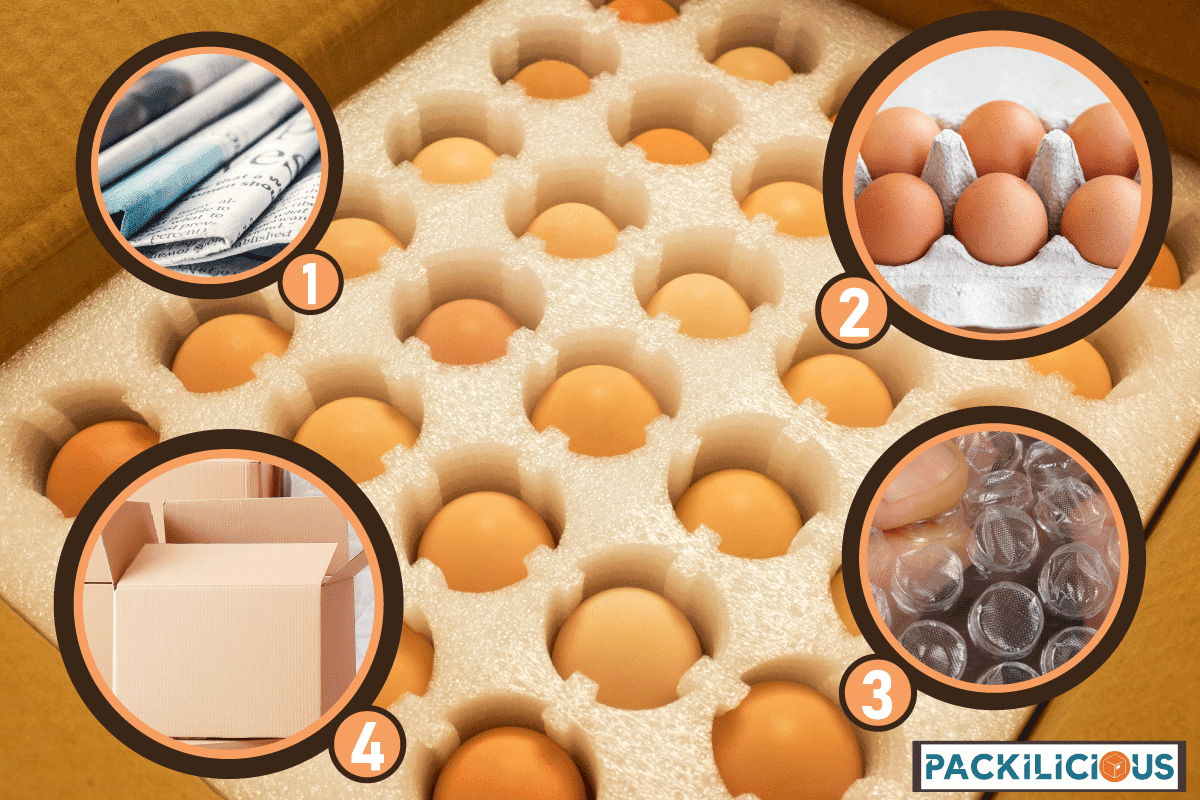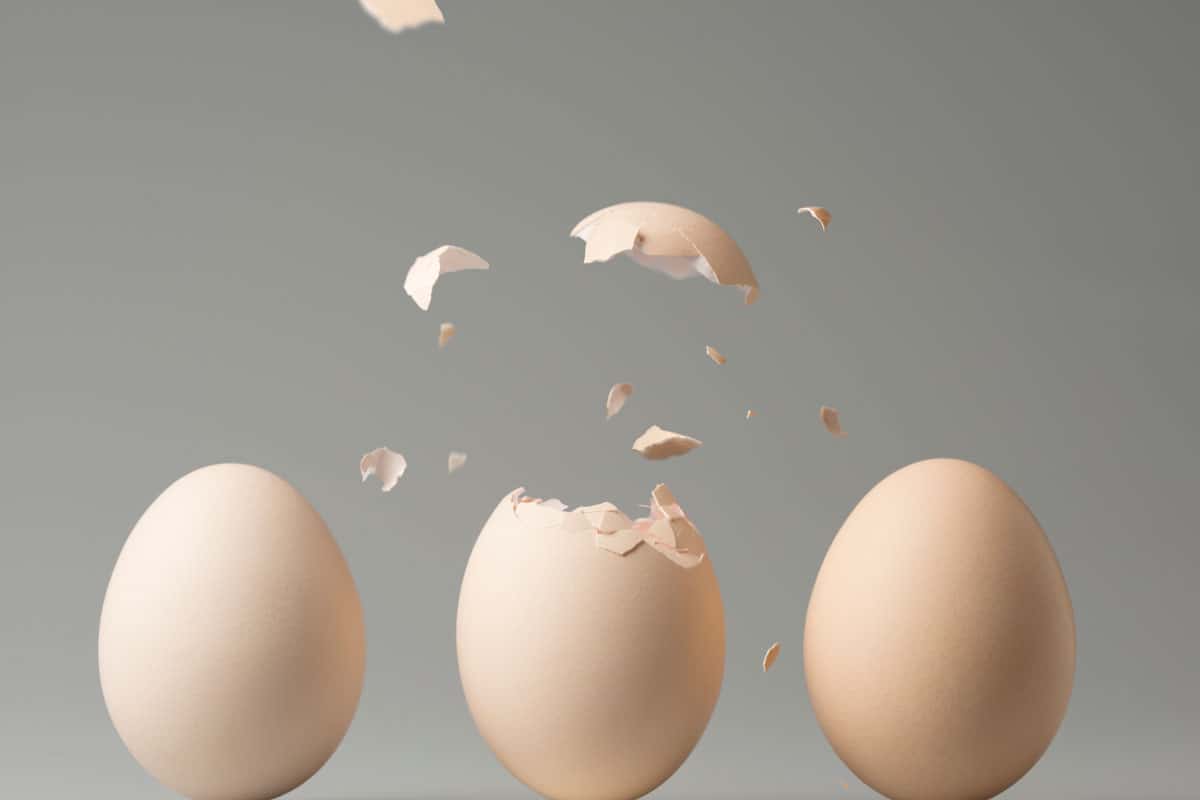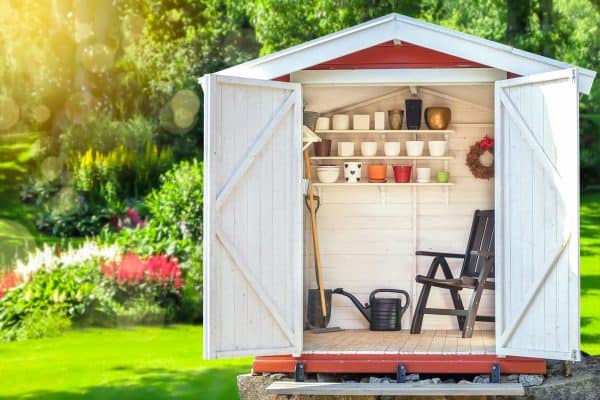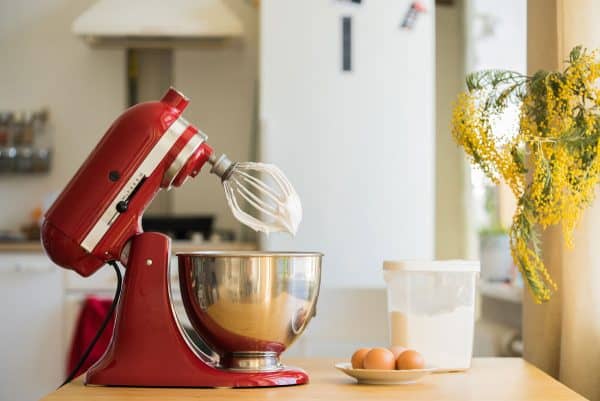If you plan to ship eggs that are about to hatch, how do you go about it? Eggs are very fragile, not to mention that they are carrying life inside them. That's why we sought the help of experts to help you out with your concern. Here are their shipping recommendations for these eggs.
To ship fertile eggs, you need to:
- Wrap each one carefully in a paper towel or newspaper.
- Put them inside the egg carton.
- Add filling if needed before closing the tray.
- Cover with bubble wrap.
- Place inside the shipping box and seal tightly.
Keep on reading to get more tips on how to pack your fertilized eggs so you can ship them without cracking. We'll also tell you the factors that affect how long these eggs can survive in the mail and what to expect from your end when purchasing shipped hatching eggs. Let's get this started!

How do you ship fertilized eggs?
Some people are interested to take care of rare chicken breeds and most of the time, these are only available in hatching eggs. It is also a more practical way of acquiring rare breeds and hot chicken varieties. It would also be a delight to witness the birth of these chicks right before your eyes.
But eggs are very fragile. They can crack and break at the slightest touch. What is the best way to package them so that they can arrive at their destination safely?
Here's how. To ship fertile eggs, you need to be equipped with the right packing materials. This is to ensure that each egg is given the best protection while in transit.

Packaging materials
- newspaper or paper towel
- egg cartons
- bubble wrap
- packing peanuts
- shipping box
- packing tape
Best Way to Package Eggs
- Prepare your egg cartons. Put one carton on top of the other to form two layers of protection on the top and bottom portion of the tray.
- Wrap each fertile egg carefully using a soft material like a paper towel or newspaper.
- Lay each one carefully on the egg compartment in the carton. Make sure the wider side of the egg is at the bottom.
- When all the compartments are filled, put filling around the eggs to reduce any chance of movement while in transit. It is important to ensure that the eggs stay in their specific compartments.
- Seal the carton using packing tape.
- Wrap the egg carton with bubble wrap to give it an additional layer of protection.
- Place the carton inside the shipping box. It is important to get just a slightly larger box than your wrapped egg carton.
- Place filling or packing peanuts inside the shipping box to prevent movement and vibrations while in transit. This will lessen the likelihood of breakage.
- Tightly seal the shipping box.
- Choose your trusted shipping carrier that can handle your fragile package with extra care and deliver it the soonest possible time.
Check out these packing peanuts on Amazon.
That's it! You're now ready to ship your hatching eggs to your intended recipient and you can be assured that he or she will be able to receive the eggs in good condition.
How long can hatching eggs survive in the mail?

Whether you're the producer or buyer of fertile eggs, it is important to know this information. Producers need to know how fast the carrier can deliver the eggs to the intended recipient, wherever they may be.
This will help them determine if the eggs can survive within the given time and advise their buyers accordingly.
For buyers, this would help them manage their expectations and determine if it's worth it to have these eggs shipped to their place. They can also discuss different shipping options so that the eggs will get there in time.
The rate of survival of fertilized eggs would depend on when they were laid, how long they stay in transit, their temperature while in transit, and the breed of the chicken.
When the Eggs were Laid
Farms and producers should send out newly laid eggs that are not older than three days old. This is to help ensure that they get to the recipient in great condition with a high chance of hatching survival rate.
That is why it is important to choose a trusted farm or hatchery. Read the customer reviews to know about other people's experiences in dealing with the owner and the quality fo their produce.
Days in Transit
They should also ensure that shipping from Point A to Point B should be done as soon as possible and not take more than four days. Remember, after a week since the eggs were laid, the hatchling survival rate would decline.
Temperature
The temperature inside the box should be maintained at around 55 to 65 degrees Fahrenheit while in shipping. Postal services assure shippers and receivers that the temperatures are relatively steady inside their delivery vehicles so as not to harm fertile eggs.
Chicken Breed
Some breeds have a higher survival rate with some as high as 95%. These are the ones with a healthy bloodline and fed with a good diet. You can be pretty confident about sending them through the mail.
Meanwhile, some breeds are more sensitive to external factors while shipping which causes their survival rate to be reduced to about 50%.
Taking all of these into consideration, you can manage your expectations when buying hatching eggs and having them shipped to your place.
This is why aside from asking for a trusted courier or postal service, you should also choose the farms or producers you deal with. Experts recommend buying from NPIP-certified farms or hatcheries.
What to Expect When Purchasing Shipped Hatching Eggs

Now that you have an idea about the survival rate of the hatching eggs while in transit, of course, you should also know the necessary preparations you need to do from your end to be able to optimize their hatch rate.
Shipped fertile eggs require a different kind of care than those that you picked up from the producer or those eggs that have been laid right on your farm.
Here are some tips and recommendations for you.
- Have your incubator up and running at least three days before the expected date of arrival of your package containing the hatching eggs.
- Check the eggs for any signs of cracks and breakage.
- Remove the broken eggs and wipe or scrape off any of the egg whites or yolks that have stained the other eggs.
- Do not put them inside the incubator immediately. They need to rest for 24 hours at room temperature to allow the air cell to go back to its proper position in case it has been displaced during transit.
Click this link to find this incubator on Amazon.
By doing these things, you can help ensure a better hatch rate, especially for the rare and more expensive breeds that you've ordered through the mail.
Final Thoughts

Make sure the eggs are packed snugly inside the egg carton and shipping box. Choose eggs that have just been laid and select the shipping option that would transport the fertile eggs in the soonest and safest possible way to have a good hatching rate for your eggs.
For more packing tips, you may visit the following links:





